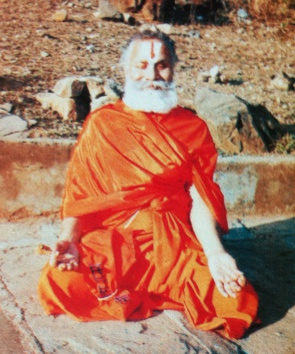Mudra facts for kids

In Indian religions, a mudra (Sanskrit, literally "seal") is a gesture made with the hand or fingers. Along with asanas (body postures), they are used in yoga. Each mudra has a meaning. They are a central part of Hindu iconography. Mudras are also used in Buddhism. There are hand gestures in both Hindu and Buddhist iconography. An example would be the outward-facing open palm known as Abhay (without fear) mudra, a gesture meant to dispel fear.
Images for kids
-
A 10th century Chola dynasty bronze sculpture of the Hindu god Nataraja (Shiva) posing various mudras
-
Korea's National Treasure 119. The right hand shows abhayamudra while the left is in the varadamudra.
-
A statue of the Buddha from Sarnath, Uttar Pradesh, India, 4th century CE. The Buddha is depicted teaching, while making the Dharmacakra Pravartana mudrā.
-
Reproduction of the Amitābha statue of Phật Tích Temple, Hanoi, demonstrating the dhyāna mudrā
-
Joseon figure displays the karana mudrā.
See also
 In Spanish: Mudra para niños
In Spanish: Mudra para niños













